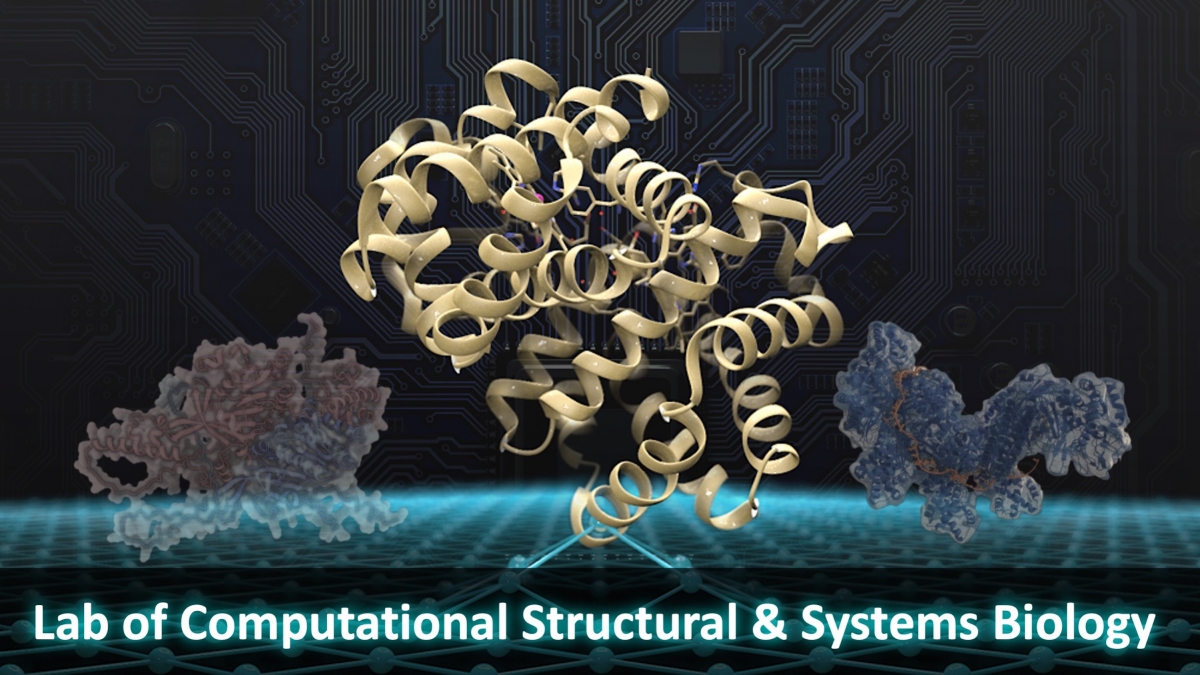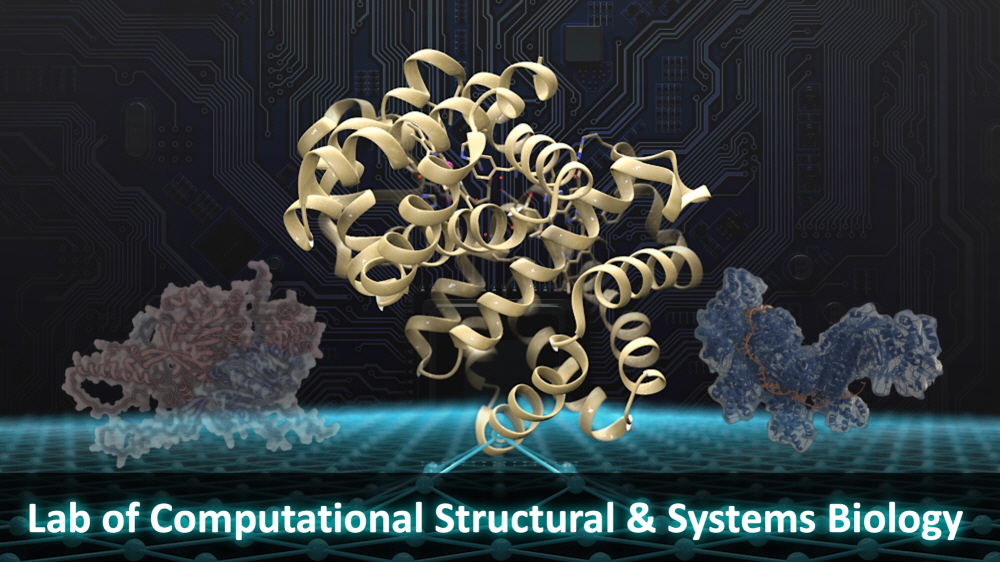
계산구조 및 시스템생물학 연구실
Seoul National University

본 연구실에서는 인공지능을 비롯한 다양한 계산 방법을 개발/활용하여 생명현상을 분자, 세포수준에서 이해하고, 이를 활용하여 인류가 직면한 다양한 문제를 해결할 수 있는 새로운 분자를 설계하는 것을 목표로 하고 있습니다. 이를 위해 1) 인공지능 기반의 단백질 구조 및 상호작용 예측 방법의 성능을 개선하고, 2) 이를 DNA, RNA, 유기분자 등과 같은 일반적인 생체분자 모델링으로 확장하고, 3) 생명현상에 필수적인 다양한 생체분자의 구조와 그 사이의 상호작용을 예측하고 이해하기 위한 연구를 하고 있습니다. 이를 통해 얻어진 지식은 치료제, 백신 개발 뿐만 아니라 플라스틱 분해효소, 단백질 기반 광에너지 집적장치 등의 개발에 활용되어 현재 인류가 당면하고 있는 다양한 질병, 환경, 에너지 문제를 해결할 수 있는 새로운 단서들을 제공할 것으로 기대되고 있습니다.